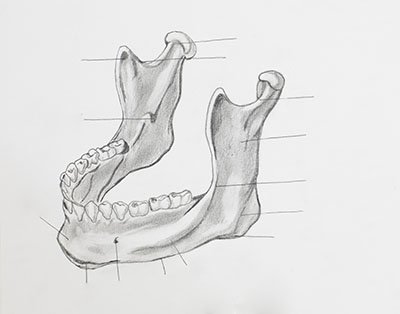TMJ Treatment
TMJ disorders are those that affect the joint which connects the jawbone to the skull. Known simply as “TMJ,” these disorders can cause a significant amount of pain and discomfort as well as symptoms like clicking and locking of the jaw. There are several methods used in the treatment of TMJ, which include various types of dental treatments and medications. TMJ can also lead to severe headaches that can mimic migraines.
Diagnosing TMJ

Before treatment can be administered, a definitive diagnosis must be made. In most cases, dentists use the following methods in diagnosing TMJ disorders:
- Having the patient answer questions regarding pain and other symptoms.
- Observing the jaw’s range of motion.
- Listening for popping, grinding or clicking when mouth opens.
- Touching the jaw and surrounding areas in order to pinpoint areas of pain.
- Imaging tests. In some cases, X-rays, CT scans or MRI’s are used to determine abnormalities in the TMJ joint.
Treating TMJ by Fixing Bite Issues
In mild cases of TMJ, treatment may not be necessary. However, for moderate and severe TMJ disorders, a variety of approaches can be used in reducing pain, discomfort and other symptoms. A few common methods in treating TMJ address issues with the way a patient bites.
Malloclusion (misalignment of the teeth) can cause uneven pressure on the muscles surrounding the moint, making it necessary to take steps to fix the issue. Part of the bite problem can be teeth grinding, which causes the cartilage to wear around the joint, putting unnecessary stress on the facial muscles. Whatever the cause may be, it’s important to have it taken care of immediately in order to gain relief from pain.TMJ problems can also be treated with lasers for addressing the inflammation of muscles.
Again, there are different types of TMJ problems that respond to a number of TMJ treatment methods, ranging from very conservative therapies to more aggressive approaches.


